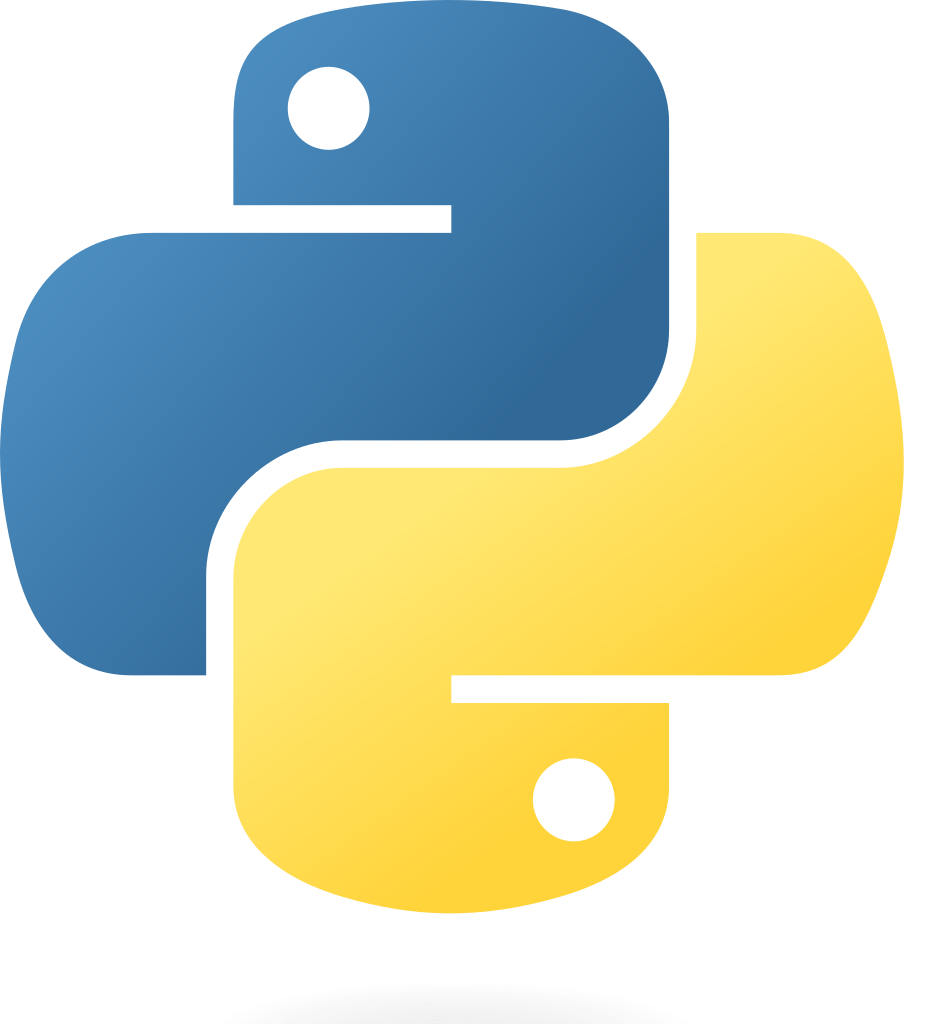Personally my go-to for this would be the ipv6 experimental Yggdrasil-network. https://yggdrasil-network.github.io/
- 0 Posts
- 4 Comments
Thanks for sharing. I recall hearing about this before. After reading this thread I’ve been trying to vend some of my selfhosted apps over yggdrasil. The documentation is difficult to find. A good tutorial would be really useful. Here are my two biggest
stumbling blocksheadaches:- ipv6 headache: I had to update my server host binding from
0.0.0.0to::(from ipv4 to ipv6). Apparently ipv4 still works but now ipv6 also works. This was the biggest blocker for me gaining access to my apps over yggdrasil using ipv6. - yggdrasil.conf headache: ipv6 syntax issues (apparently I need to learn me some ipv6 stuff) You need to put ipv6 ip addresses in brackets. This is an excerpt from my Listen attribute in my yggdrasil.conf file.
# Listen addresses for incoming connections. You will need to add # listeners in order to accept incoming peerings from non-local nodes. # Multicast peer discovery will work regardless of any listeners set # here. Each listener should be specified in URI format as above, e.g. # tls://0.0.0.0:0 or tls://[::]:0 to listen on all interfaces. Listen: [ tls://[::]:8000 tls://[::]:8080 ]I also downloaded an yggdrasil vpn app for Android and was able to access both apps with Android after adding a peer connection in the settings. Later, I added my Android public key to the AllowedPublicKeys to lock down my apps to be only accessible to my client.
Thanks @wgs for the tip! 🏆
- ipv6 headache: I had to update my server host binding from

 2·1 year ago
2·1 year agoPerfect use case.
pipxis awesome for Python! Glad you found a great easy solution.Is it over engineering or error prone?
Nope.
pipxis like a big guard rail to keep you from doing error prone things with system Python.In these examples we’ll assume your venv is at
/home/TrueBlue/project/venvIs there another way…?
- shebang: Set your #! to point at your Python venv runtime
!/home/TrueBlue/project/venv python3
Now you can just run your Python file and it’ll use the correct Python runtime. poetrycan be useful for running personal projects usingpoetry run.- In linux you can use an alias to create to call your venv Python runtime with your package.
e.g. I want to use a new command named
sdfto call my app.alias sdf="/home/TrueBlue/project/venv/bin/python3 my_app.py"- shebang: Set your #! to point at your Python venv runtime


John Goerzen writes the deepest dives on Yggdrasil-network…